Mario Figueiredo
A multicenter study on radiomic features from T$_2$-weighted images of a customized MR pelvic phantom setting the basis for robust radiomic models in clinics
May 18, 2020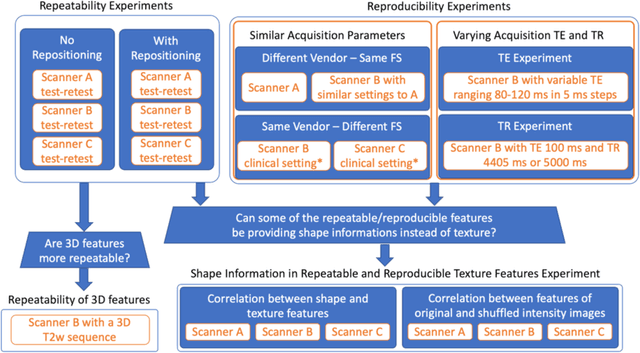
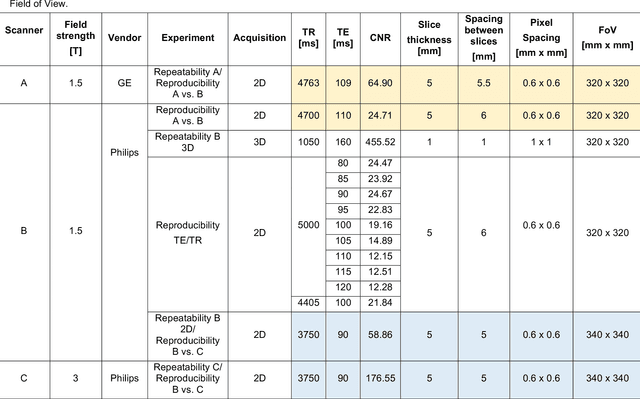
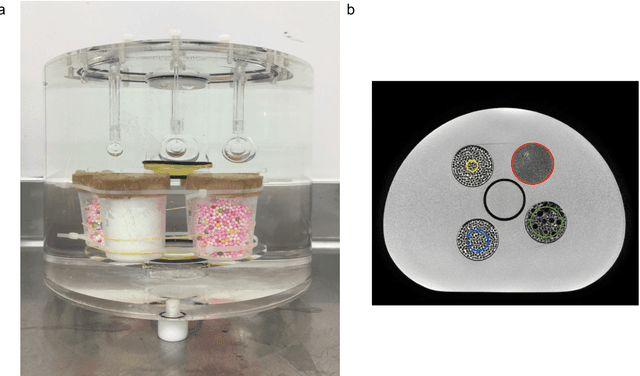

Abstract:In this study we investigated the repeatability and reproducibility of radiomic features extracted from MRI images and provide a workflow to identify robust features. 2D and 3D T$_2$-weighted images of a pelvic phantom were acquired on three scanners of two manufacturers and two magnetic field strengths. The repeatability and reproducibility of the radiomic features were assessed respectively by intraclass correlation coefficient (ICC) and concordance correlation coefficient (CCC), considering repeated acquisitions with or without phantom repositioning, and with different scanner/acquisition type, and acquisition parameters. The features showing ICC/CCC > 0.9 were selected, and their dependence on shape information (Spearman's $\rho$> 0.8) was analyzed. They were classified for their ability to distinguish textures, after shuffling voxel intensities. From 944 2D features, 79.9% to 96.4% showed excellent repeatability in fixed position across all scanners. Much lower range (11.2% to 85.4%) was obtained after phantom repositioning. 3D extraction did not improve repeatability performance. Excellent reproducibility between scanners was observed in 4.6% to 15.6% of the features, at fixed imaging parameters. 82.4% to 94.9% of features showed excellent agreement when extracted from images acquired with TEs 5 ms apart (values decreased when increasing TE intervals) and 90.7% of the features exhibited excellent reproducibility for changes in TR. 2.0% of non-shape features were identified as providing only shape information. This study demonstrates that radiomic features are affected by specific MRI protocols. The use of our radiomic pelvic phantom allowed to identify unreliable features for radiomic analysis on T$_2$-weighted images. This paper proposes a general workflow to identify repeatable, reproducible, and informative radiomic features, fundamental to ensure robustness of clinical studies.
Adaptive Consensus ADMM for Distributed Optimization
Jun 20, 2017

Abstract:The alternating direction method of multipliers (ADMM) is commonly used for distributed model fitting problems, but its performance and reliability depend strongly on user-defined penalty parameters. We study distributed ADMM methods that boost performance by using different fine-tuned algorithm parameters on each worker node. We present a O(1/k) convergence rate for adaptive ADMM methods with node-specific parameters, and propose adaptive consensus ADMM (ACADMM), which automatically tunes parameters without user oversight.
An Empirical Study of ADMM for Nonconvex Problems
Dec 10, 2016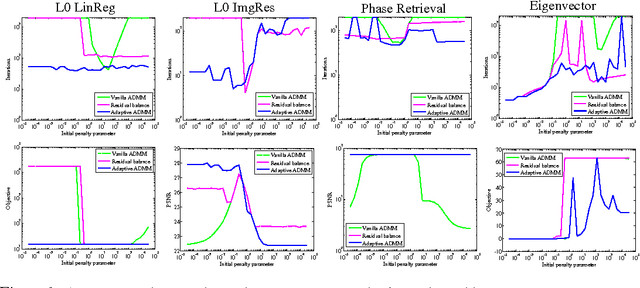
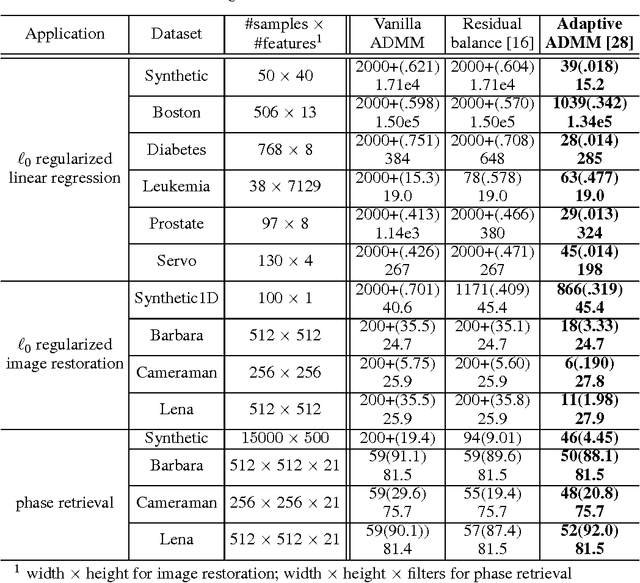
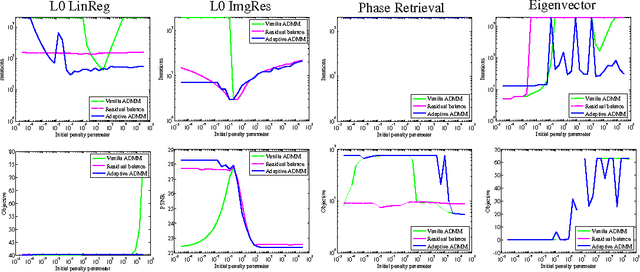
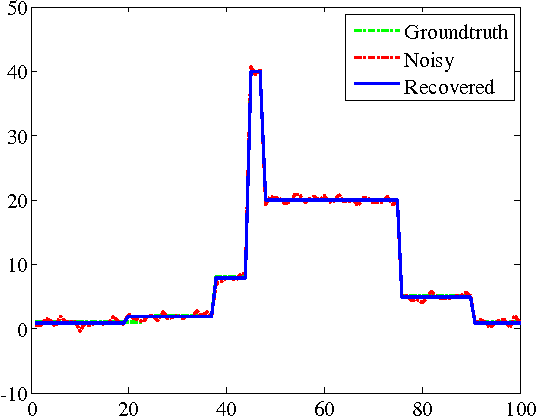
Abstract:The alternating direction method of multipliers (ADMM) is a common optimization tool for solving constrained and non-differentiable problems. We provide an empirical study of the practical performance of ADMM on several nonconvex applications, including l0 regularized linear regression, l0 regularized image denoising, phase retrieval, and eigenvector computation. Our experiments suggest that ADMM performs well on a broad class of non-convex problems. Moreover, recently proposed adaptive ADMM methods, which automatically tune penalty parameters as the method runs, can improve algorithm efficiency and solution quality compared to ADMM with a non-tuned penalty.
 Add to Chrome
Add to Chrome Add to Firefox
Add to Firefox Add to Edge
Add to Edge